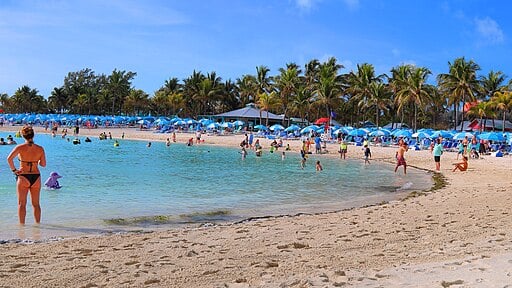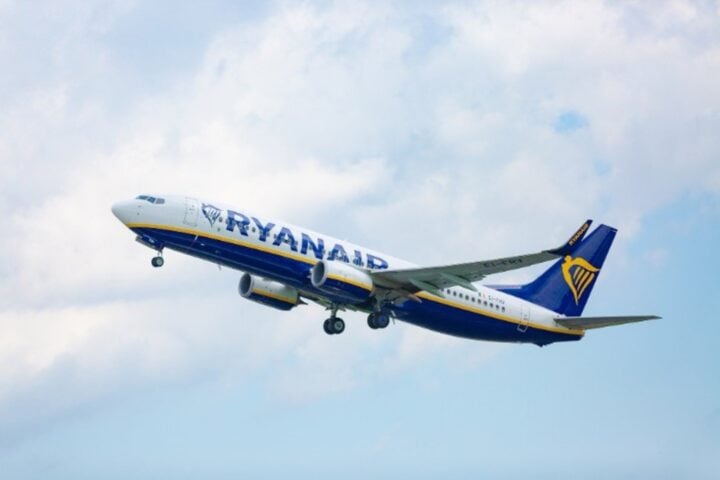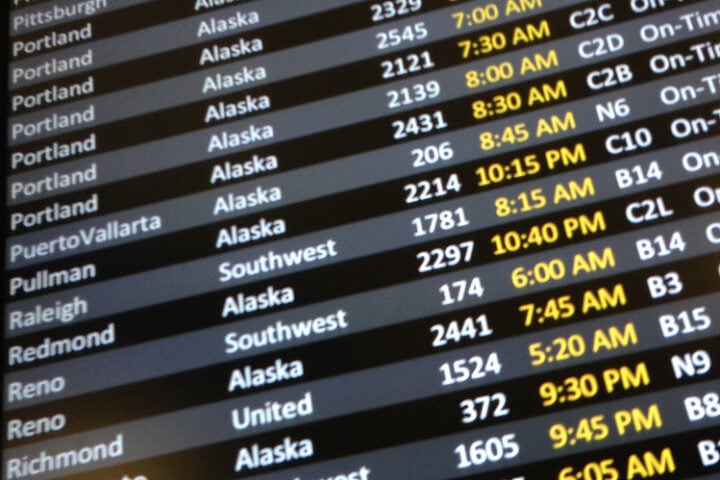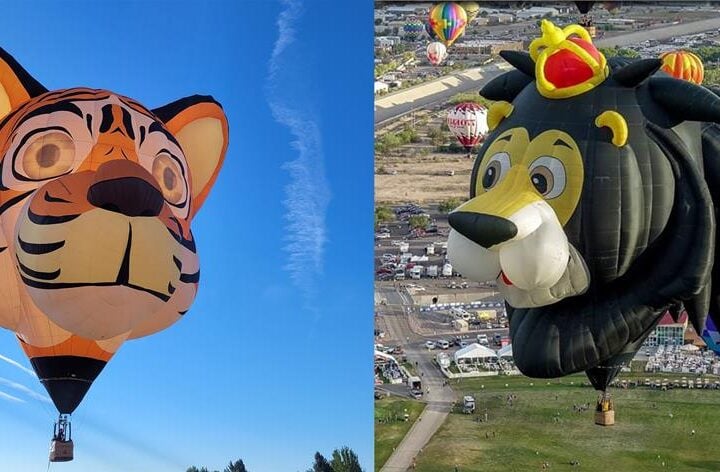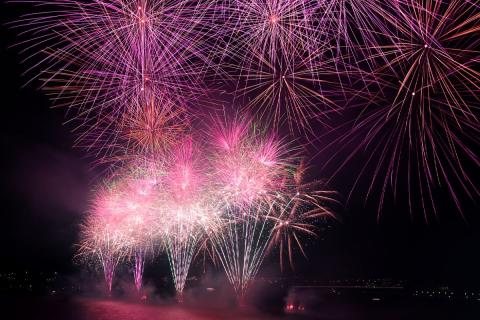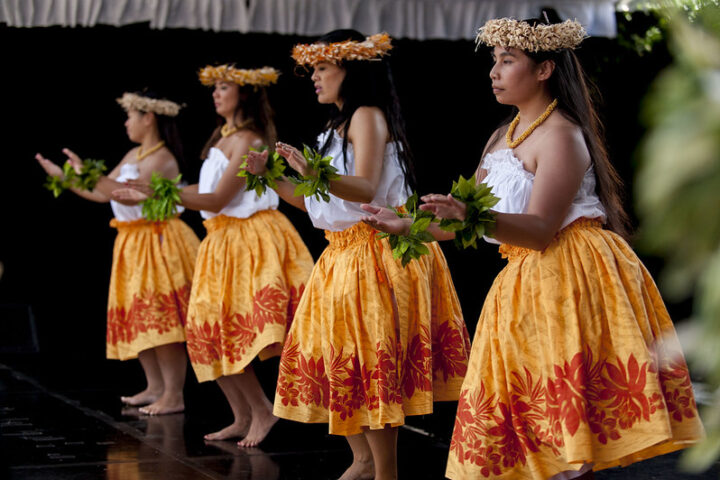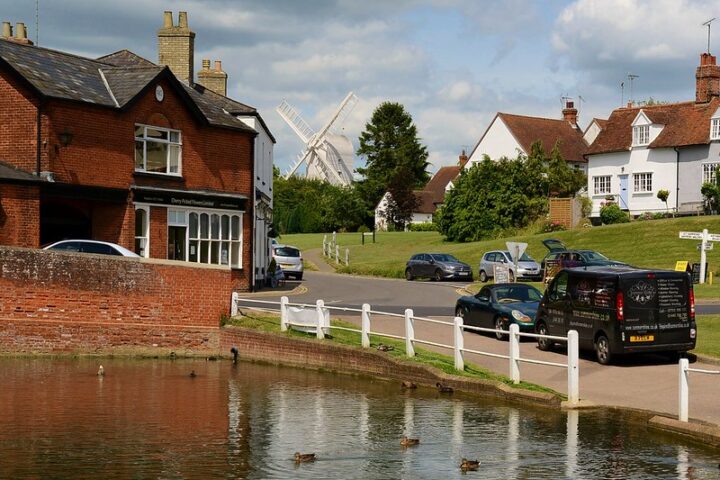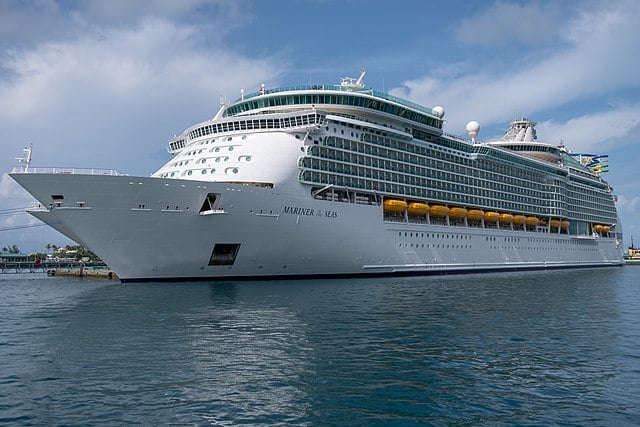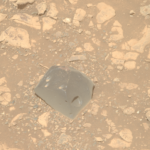Utqiagvik, Alaska entered its annual polar night phase at 1:27 p.m. AKST on Monday, November 18, 2024, marking the start of a 64-day period without direct sunlight. The sun will not rise again in this northernmost U.S. town until January 22, 2025, at 1:15 p.m.
Scientific Explanation of the Phenomenon
Jennifer Mercer, Arctic sciences section head at the National Science Foundation, explains that polar night occurs due to Earth’s 23.5-degree axial tilt. “The sun remains below the horizon for more than 24 hours,” Mercer says, noting that the phenomenon affects regions within both Arctic and Antarctic circles.
While the town experiences no direct sunlight, it’s not in complete darkness. Civil twilight provides dim light for several hours daily when the sun sits within 6 degrees below the horizon. The duration of civil twilight varies from 3 hours during winter solstice to 6 hours at the beginning and end of polar night.
Community Impact and Adaptation
Mayor Asisaun Toovak describes the conditions during polar night: “Most days people don’t venture outside.” However, she notes that residents still experience some brightness, comparing it to “permanent cloudiness.” With a population of less than 5,000, according to the U.S. Census Bureau, the community has developed strategies to cope with extended darkness.
The town, located 500 miles northwest of Fairbanks, sees its residents rely on:
- Vitamin D supplements.
- Light therapy lamps.
- Community support systems.
Environmental and Scientific Opportunities
NASA Goddard Space Flight Center scientist Leonid Petrov explains the mechanics, What you will see is that one half of the ball is lit by the lamp, and another part of the ball is in permanent shadow. This creates unique conditions for scientific observation, particularly of the Northern Lights, which were especially visible in 2024 due to the sun reaching its magnetic cycle peak in October, according to NASA.
More Stories
Cultural Celebrations
When sunlight returns in January, Iḷisaġvik College, Alaska’s only tribal college, organizes traditional celebrations. “Our college, the only tribal college in Alaska, they always do a celebration every year where they get singers, drummers, dancers, and do traditional dancing, what they call, the ‘welcome the sun back dance,'” Mayor Toovak explains.
Population and Demographics
Just over half of Utqiagvik’s population identifies as American Indian and Alaska Native. The town, incorporated as a first-class city in 1958, serves as the economic, transportation, and administrative center for the North Slope Borough.
The prolonged darkness affects the mental and physical health of residents, who must adapt to this extreme natural cycle. This annual phenomenon continues to provide opportunities for scientific research while testing the resilience of the local community.






